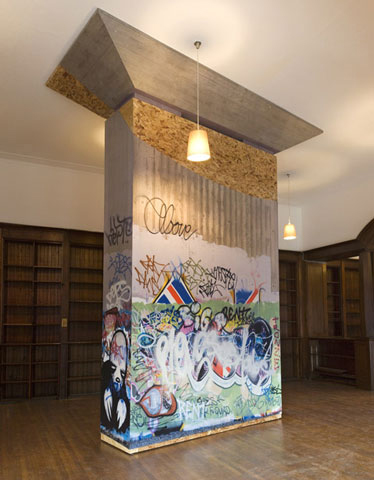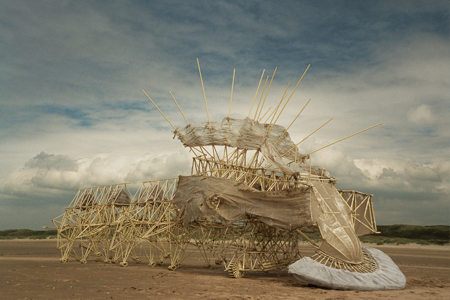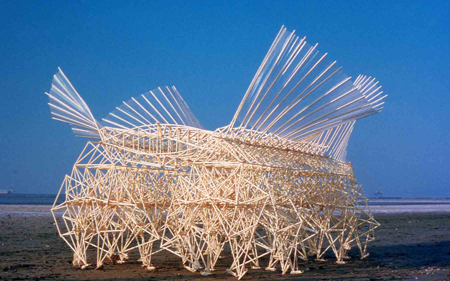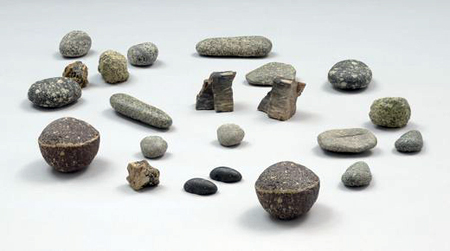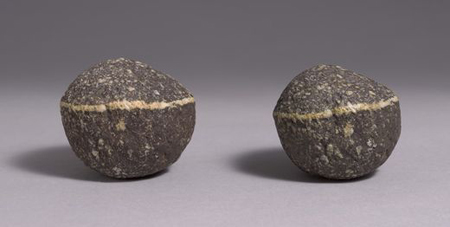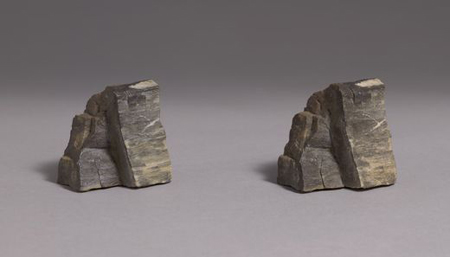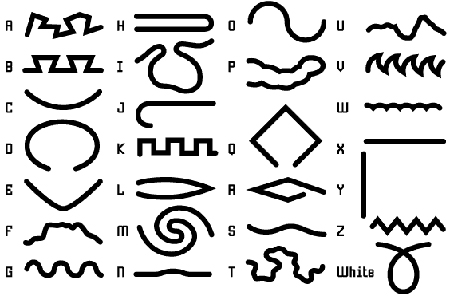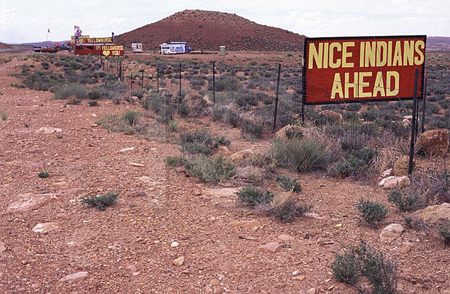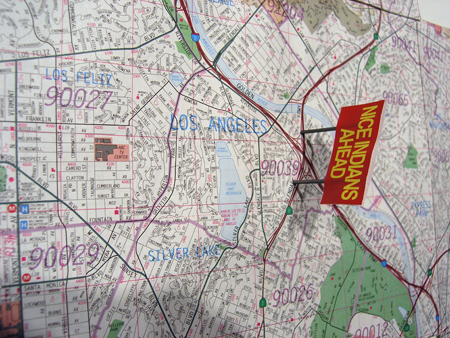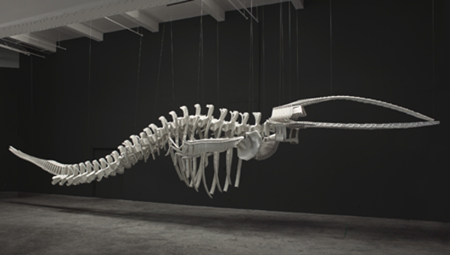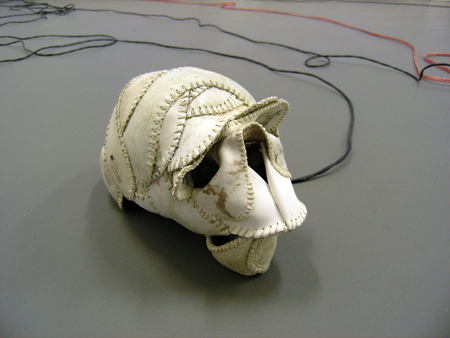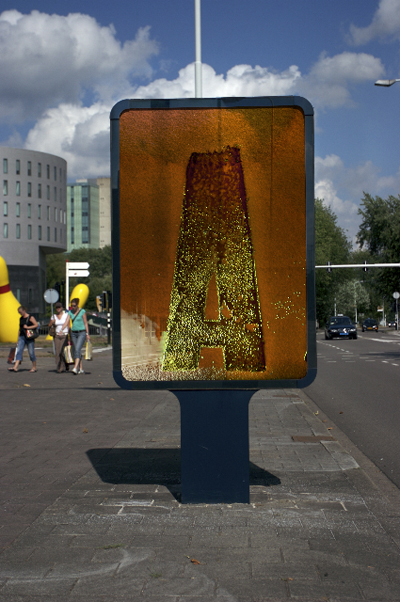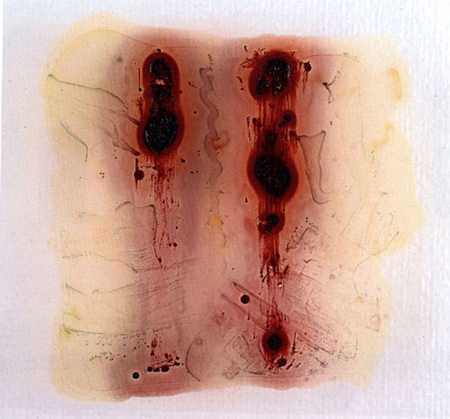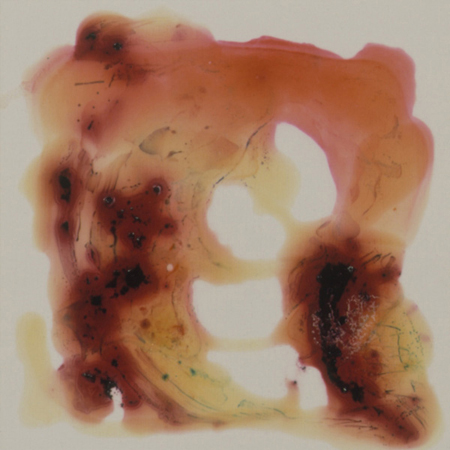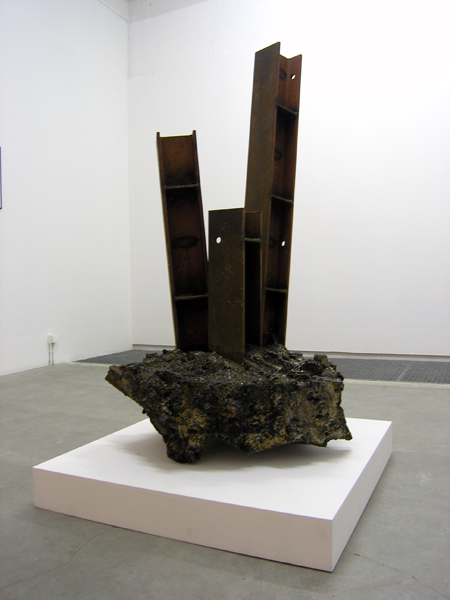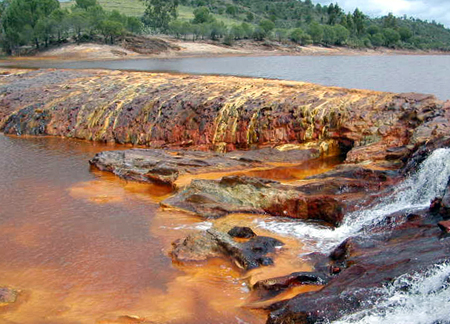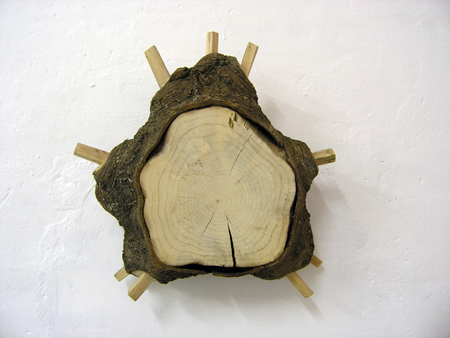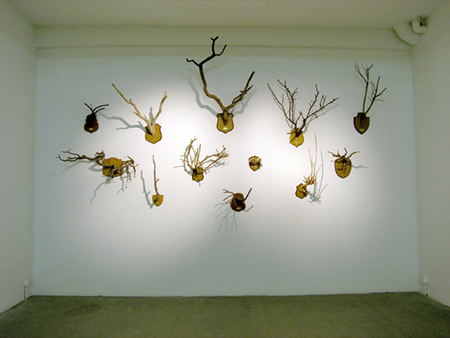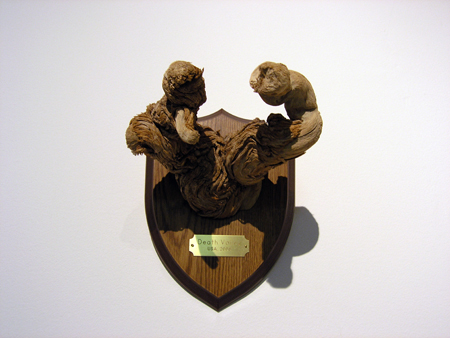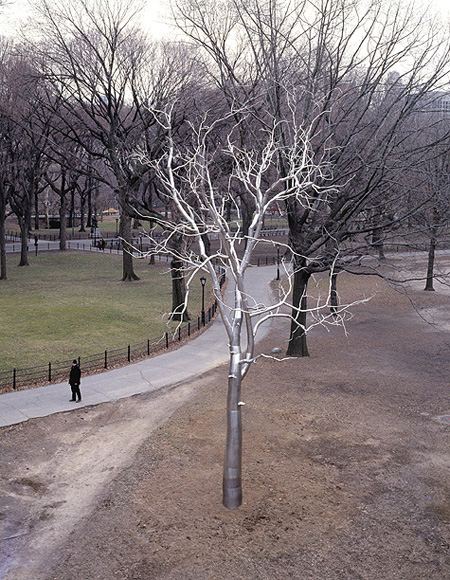Stonehenge the Sequel
maart 28th, 2007Jim Reinders
Carhenge, 1987
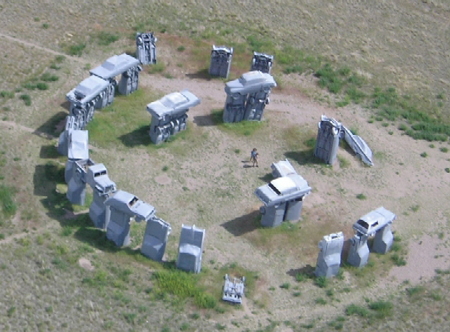
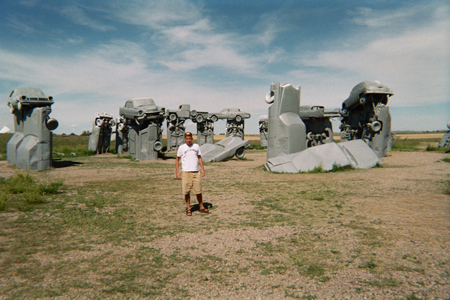
“Carhenge, which replicates Stonehenge, consists of the circle of cars, 3 standing trilithons within the circle, the heel stone, slaughter stone, and 2 station stones, and the Aubrey circle….
The artist of this unique car sculpture, Jim Reinders, experimented with unusual and interesting artistic creations throughout his life. While living in England, he had the opportunity to study the design and purpose of Stonehenge. His desire to copy Stonehenge in physical size and placement came to fruition in the summer of 1987 with the help of many family members.
Thirty-eight automobiles were placed to assume the same proportions as Stonehenge with the circle measuring approximately 96 feet in diameter. Some autos are held upright in pits five feet deep, trunk end down, while those cars which are placed to form the arches have been welded in place. All are covered with gray spray paint. The honor of depicting the heel stone goes to a 1962 Caddy.”
Adam Horowitz
Stonefridge, 1997

Atop the flat landscape on the edge of Santa Fe, among tumbleweeds and trash and the beauty of northern New Mexico’s skyline, “Stonefridge” catches your eye and confuses your mind like a mirage.
Refrigerators of all colors and shapes stand 18-feet high, lined up in a 100-foot diameter circle, facing inward toward a cluster of taller fridge towers. It’s as if the outer ring of fridges is worshipping these inner towers, or perhaps protecting them from the outside dangers.
Like Stonehenge, which is aligned to solar and lunar astronomical events, “Stonefridge” is geographically aligned to its own kind of power source: Los Alamos National Laboratories. Adam Horowitz, a critic of the atomic bomb, purposefully built the monument in a place where visitors can see the labs in the distance. He calls it an “atomic alignment.”
